If there is one on-going, rampant issue which plagues employers, employees, insurance underwriters and benefit broker/consultants alike, it would be employee “waiting periods” for coverage.
In the contract for coverage with an insured underwriter, the question is asked, what will be the waiting period for all new hires, on or after the effective date of coverage. Typically, employers choose a one, three, or six-month waiting periods. Rarely, but it does happen, employers will decline a waiting period or request a full year (12-months) actively at work prior to benefits being engaged. Whatever the choice, all administration for enrolling participants after that point are expected to adhere to the contract provisions.
Ignorance to the terms of a signed contract is not a proven defence.
By laying out the terms of the waiting period, the insurer will know that the employee has been actively at work (as discussed in an earlier posting) and therefore poses little risk of immediate claim. This further allows the employee to be enrolled for coverage without the necessity of a medical questionnaire to prove ideal health.
Here’s where we run into problems:
- The employer wants to choose a waiting period different from the contract for a particular employee
- The employer “assumes” the waiting period for benefits is AFTER the probationary period for employment
- The employer “forgets” to add an employee
- The employee is negligent in returning their forms for coverage
- The employee declined the coverage and now wants coverage
Note, any employee enrolled after their date of eligibility may be required to also complete a medical questionnaire and based on that information, the insurance carrier has the right to refuse coverage—all coverage.
Case to consider…an employee submitted an enrollment form seven months after eligibility date according to the waiting period. This meant a medical questionnaire was required. The insurer requested the evidence of good health form to be completed before consideration of issuing coverage. The employee complied and resubmitted but died while the application awaited approval.
The insurer denied the claim for life insurance. The employee’s spouse subsequently sued and won.
Attention to detail and proper documentation are critical to avoid these risks. As mentioned before, employer should have employees complete their enrolment form on the date of hire when all other forms for employment are being completed. If they terminate before the completion of the waiting period, no money has been spent. Once the waiting period is achieved, the employee is automatically enrolled without hassle.
Disclaimer: Please note that the information provided, while authoritative, is not guaranteed for accuracy and legality. The site is read by a world-wide audience and employment, taxation, legal vary accordingly. Please seek legal, accounting and human resources counsel from qualified professionals to make certain your legal/accounting/compliance interpretation and decisions are correct for your location. This information is for guidance, ideas, and assistance.





